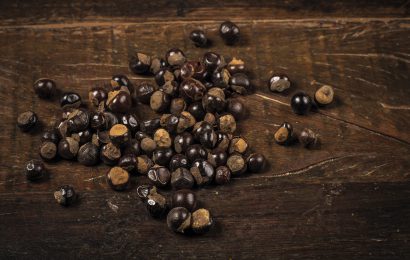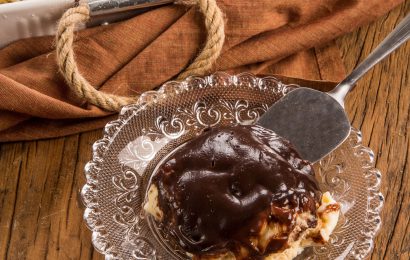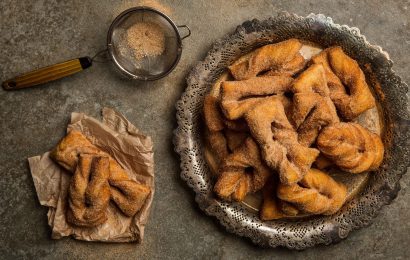Our columnist teaches how to prevent the fried fish from getting soaked in oil and even how to make food enough when more people turn up for lunch
- There is not enough food and you need to cook for more people than planned? Chop whatever meat you got, fry it with garlic, onion and tomatoes and put it in a pyrex. Mash some potatoes and mix layers of meat and mashed potatoes. If you want, you could cover it with cheese, cream cheese or cold cuts if you have any available.
- If you don’t have manioc flour to make farofa, do it with bread crumbs!
- Try to make an improvement in the daily salad by adding vegetables in a different way. For instance: thin sliced gherkin, grated peeled raw chayote (if it is sauteed, it can be transformed in a sort of spaghetti that goes very well with meat and fish)
- To prevent the fried fish from getting soaked in oil, the secret is to bread the fish previously with some wheat flour or bread crumbs. So the fish will not absorb the oil in the bottom of the pan. Be careful also at the moment of frying it, letting it golden brown before gently turning it to fry the other side. This tip works well for white fish. When frying salmon, cook the skin side first.
- Do not risk serving meat too salty. Base yourself on the cod desalting process and soak it in cold water overnight, changing this liquid a few times a day. If it is still too salty, bring it to boil for a few minutes before starting the preparation.
- You can make French toast without milk. Use just egg, sugar and cinnamon, but choose a different kind of bread. The traditional brioche is too big and soft, prefer to do it with thin sliced bread roll or sliced loaf.
- Want to know the secret of the perfect and dry French fries? Peel it and don’t wash it. If it still forms that classic ‘foam’ when frying, dry the next ones on a clean cloth napkin before putting into hot oil.
- When repeating someone else’s recipe at home, pay attention not only to the preparation, but also to the measurements. Remember that everyone has their own cup, glass and other utensils, which they use as a parameter and may be different from what you have at home – in Brazil there are no standards for kitchen measurement utensils.



